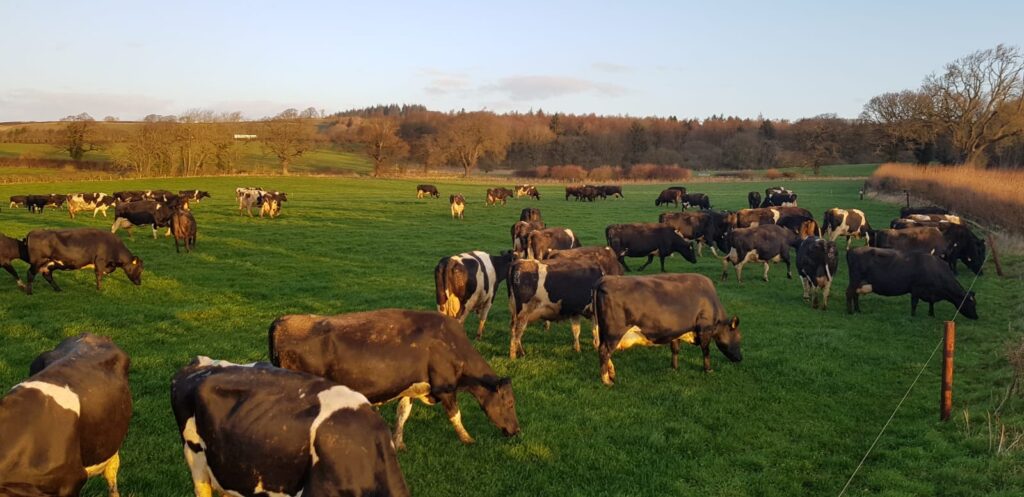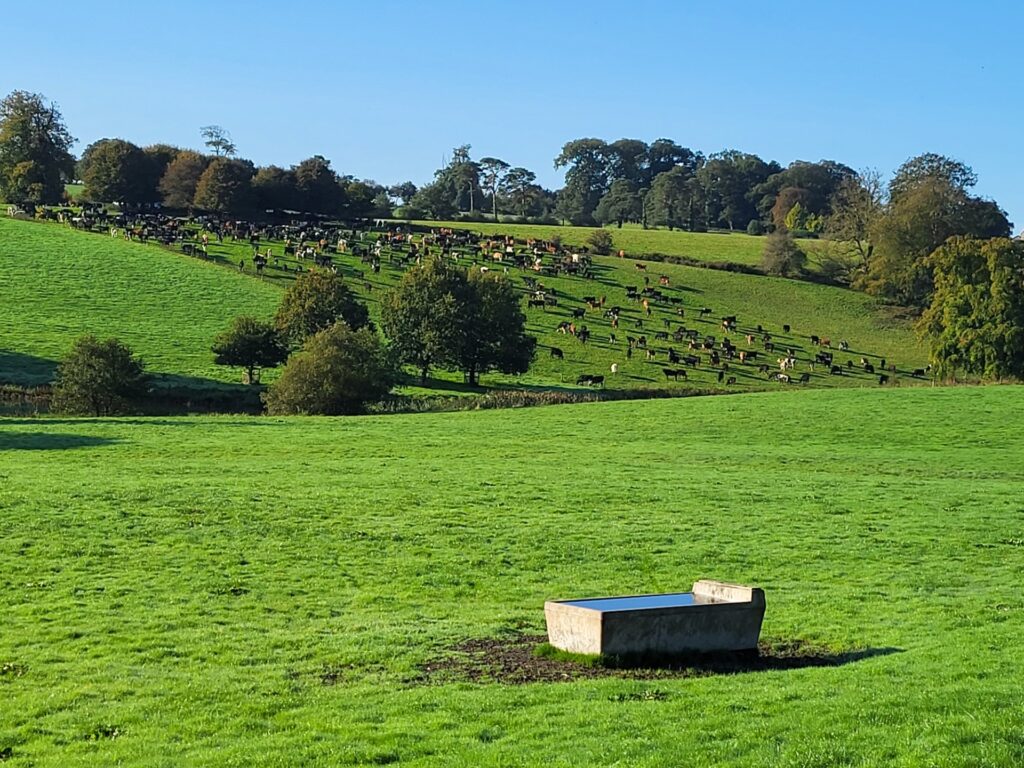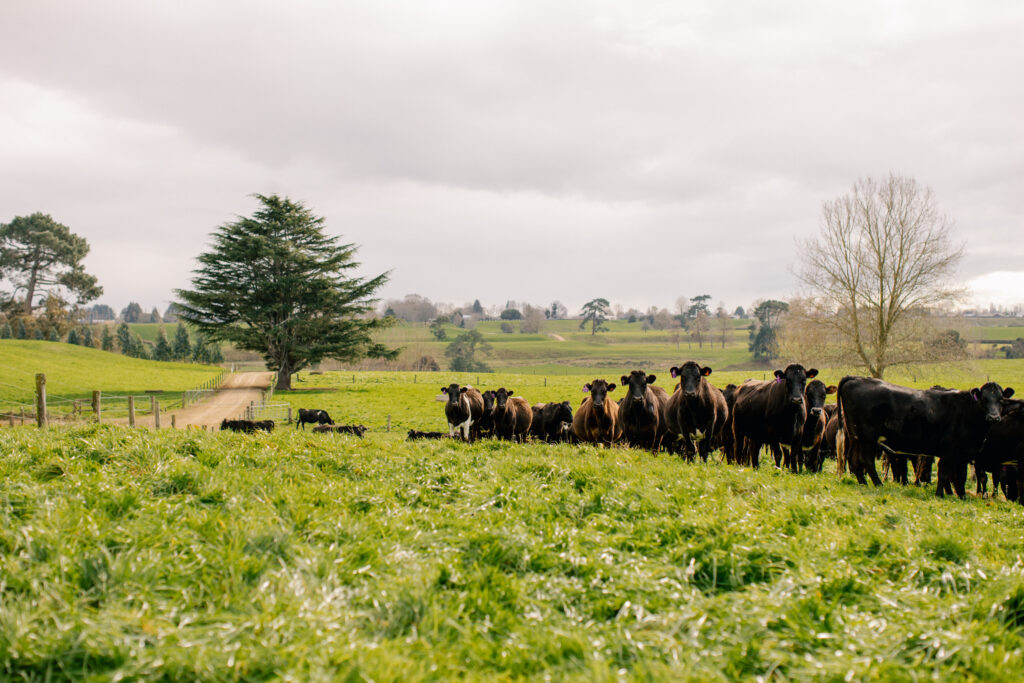Currently, farmers across the UK still find themselves in two groups: those who’ve had rain and those who haven’t. This contrast is clearly reflected in grass growth rates and average farm covers.
The month ahead
With low forage stocks across the country, feed budgeting through to April 2026 is now essential. Securing supplies early can help avoid shortages down the line.
With no significant rain on the horizon over the next two weeks, we are at least three weeks away from increases in growth. For farmers with lower-than-average farm covers, this means full grass intakes are unlikely until late September – by which time, shorter daylight hours will further restrict grass growth rates.
Managing limited grass growth rates
- If growth allows, aim to build covers slowly as we head towards the last grazing rotation. Where growth is limited, maintain average farm covers as close to 2100-2200 kgDM/ha as possible.
- For autumn calvers on standing hay, test the quality as standards are varied this season.
- Cows that will be heavily supplemented after calving need careful diet planning to avoid metabolic challenges.
- Use pregnancy test results to identify empty cows – culling reduces feed demand helping protect the limited resources.
- Ensure heifers are well-fed through autumn so they reach weight targets before entering the herd.
Call your Pasture to Profit consultant for more support on feed budgeting, cow management, and autumn planning.



